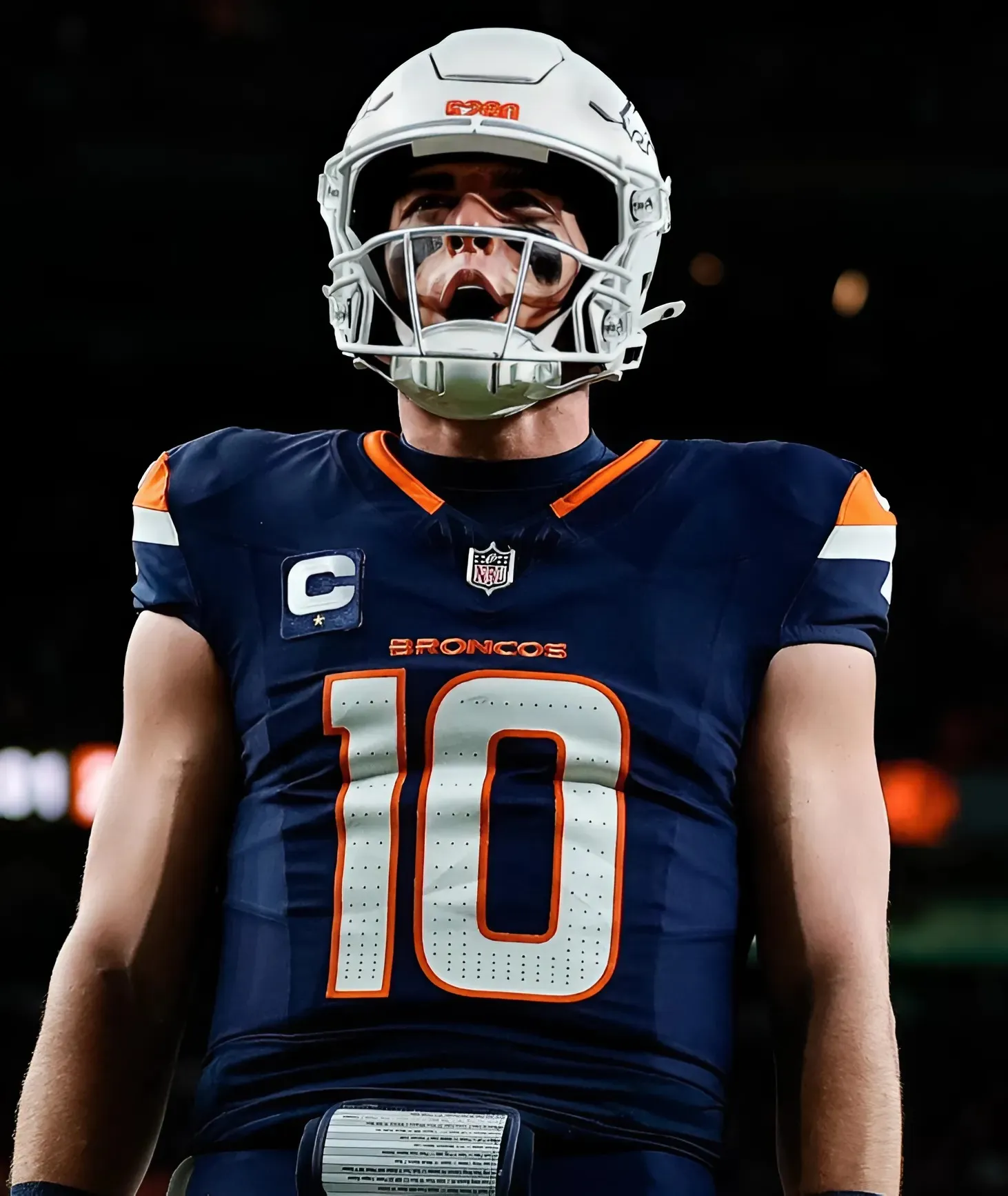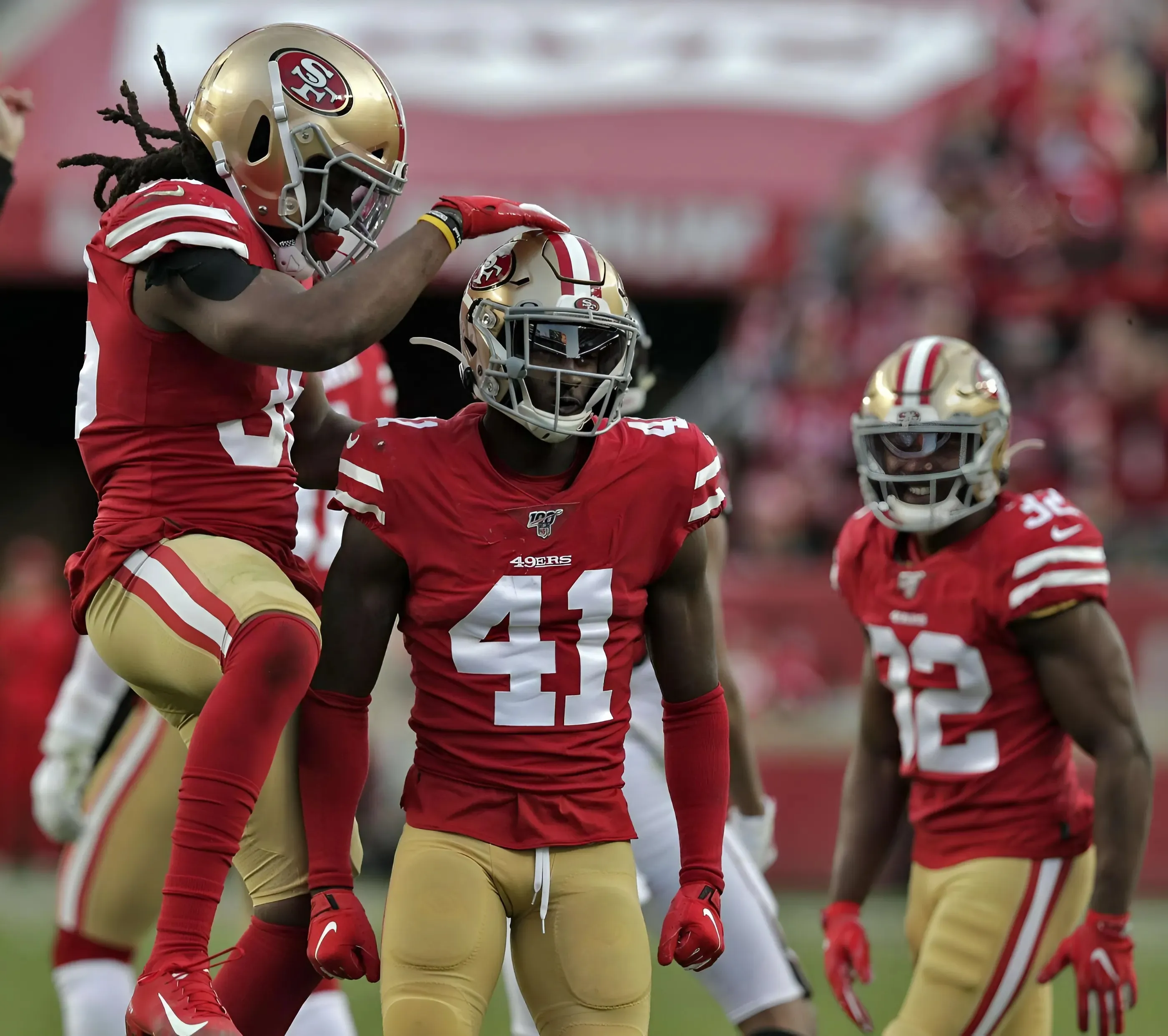
The New York Rangers acquired Juuso Parssinen at the 2025 Trade Deadline. For some, that might be the last time you heard his name. Parssinen was one of the healthy scratches that the Rangers opted to keep in the press box during their post-deadline collapse. He got into a few games at the end of the season, but he was largely unused by the departed Peter Laviolette down the stretch as he coached his final few games for the Rangers.
Parssinen recently signed a two-year extension with the Rangers, so he will be with them next season. His role under the new coach will be different from what it was as the full-time healthy scratch. Parssinen got into a few games at the end of the season, but he’s yet to make his impact known in New York truly. We’ll see what he can do with training camp and a preseason with new boss Mike Sullivan.
Parssinen’s Analytics
The Finnish forward’s role will be more defensively oriented. He does not have the best scoring instincts, so expecting him to be a point producer is misguided faith. Instead, the Rangers will look to him to help the Blueshirts restructure their defensive situation. It’s not a secret that the Rangers have struggled in their zone over the last few years, and Parssinen could help that because he is good defensively.
According to Natural Stat Trick, Parssinen’s 5-on-5 defensive numbers were not where you’d like them to be. With a 2.85 expected goals against per 60 (xGA/60) and a goals-against per 60 (GA/60) of 2.55, Parssinen struggled last season. However, he also played on three teams. Getting settled in three different systems is difficult. It makes more sense to isolate his numbers even further, and take his Rangers sample size, though that cuts it to just 11 games.
If we look at his 11 games in New York, his GA/60 drops to 2.26, but his xGA/60 rises to 3.82. That’s a concern. However, it is an outlier in his career. He’s never usually that poor defensively, which means it may have been a difficult adjustment period for the player. That would be forgivable considering the state of the team he arrived in, and the infrequency with which he found himself in the lineup. Parssinen’s tenure in New York has been rough, but it isn’t entirely his fault.
Sullivan’s Role for Parssinen
Sullivan won two Cups in Pittsburgh because he knew how to use his bottom-six. Parssinen’s role within the Rangers could be a decisive factor in whether the Rangers can restructure their bottom-six to solve their defensive deficiencies. Look at what Pittsburgh’s bottom-six became under Sullivan. It made Pittsburgh this hydra to play against because every time someone in the top-six went down with an injury, someone in the bottom-six, like Parssinen, could fill the role.
That said, it will be challenging to place Parssinen on this roster. His versatility, which allows him to play on the wing and down the middle, is an asset the Rangers can utilize. Parssinen’s best position is down the middle, playing as a center, but the Rangers have shown a willingness to put him on the wing in the past. With some of the high-end talent the Rangers have down the middle, it is likely Parssinen ends up on the wing. It means he’s not where he wants to be, but he’ll get a shot if he can play better than the four current centers on the Rangers roster.
Parssinen is just 24 years old. He’s a relatively young player in the NHL, trying to carve out a career. With the Rangers, he’ll find himself bouncing around in the bottom-six and filling in where injuries occur. He will be asked to be a great utility player for the bottom-six. New York needs more out of him than they got after he transitioned to the Big Apple. Some stability for both player and club will be beneficial. There will be things changing around him, but this deal is a sign of faith in a player who bounced around this season. If this brings him new confidence, the Rangers will be a better team because of it.



